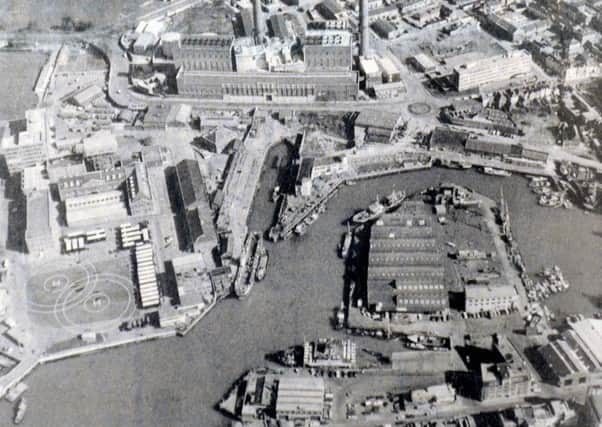THIS WEEK IN 1981: 19th Century dry dock is buried out of sight


This was the be the first phase of Portsmouth Corporation’s £3m scheme for a new car ferry terminal to serve Sealink ships on the busy Isle of Wight crossing.
But the old dock, designed and built to the same standard and style as the original berthing facilities in Portsmouth Dockyard, would not be irretrievable.
Advertisement
Hide AdAdvertisement
Hide AdCorporation officials said that it would remain in a good state of preservation under its chalk ‘blanket’, should archaeologists ever wish to excavate it in the distant future.
At the time of the dry dock’s burial, progress was being made on a new terminal complex which was vitally needed to clear a midsummer clutter of traffic from Broad Street on the approach to the existing car ferry ramp at The Camber.